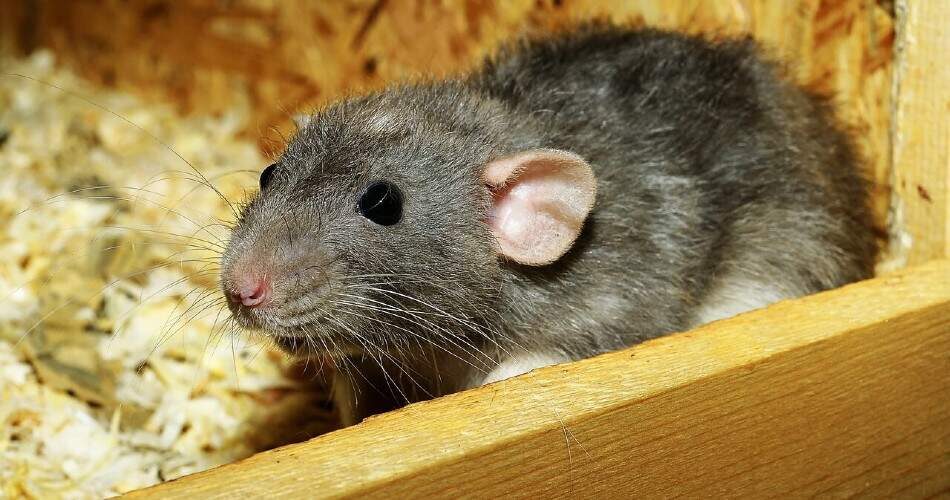Estimated reading time: 1 minute
Due to quarantine and restrictions imposed by the COVID-19 pandemic, people have noticed the appearance of rats around neighborhoods. The British Pest Control Association (BPCA) says there has been a 51% increase in rat activity since quarantine began.
Empty buildings and deserted streets provide an ideal opportunity for rats to appear in the city. They seem to be getting bolder as the food gets harder and harder to find.
Although rats are usually afraid of humans, they were seen in unusual places during the day (rats are known to be nocturnal animals) and did not appear to be afraid of humans.
Rodents carry and transmit diseases and can reproduce at an alarming rate if left unattended. Rats are officially associated with approximately 55 different pathogens, but for COVID-19, there have been no reports that they are carriers of this virus. Rats contaminate food and can even cause fires and floods due to sharp teeth.
Rats adapt extremely quickly to the environment and are very brave. In London, rats live mostly in sewers, coming to the surface when they need to get food, water, or various nesting materials. Until recently, they did this at night, but now they are venturing closer to people’s homes.
To prevent rats from entering your home, seal the areas where they may enter, use substances that keep rodents at bay (they can be placed in the corners of the basement, at doors, in closets), set traps outside the house. If you still find a rat in the house, call the professionals.
If you want to find out about the coronavirus pandemic, check out our article on this topic: The evolution of the coronavirus pandemic in London.
[Photo from Pixabay]
